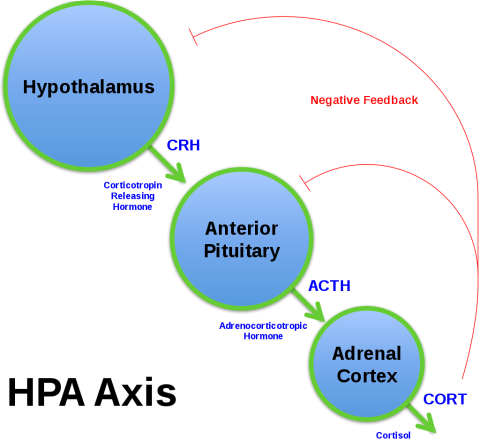
A newly-published paper in PNAS titled "Exposure to the Indian Ocean Tsunami shapes the HPA-axis resulting in HPA “burnout” 14 years later" by a team led by DUPRI's Duncan Thomas examines the long-term effects of the Indian Ocean Tsunami on health.
The authors provide causal evidence on the long-term effects of traumatic exposures on HPA-axis function, using longitudinal data from survivors of the 2004 Indian Ocean tsunami in Indonesia. Fourteen years after the disaster, women who were exposed to the tsunami’s direct impacts present with levels of hair cortisol 30% lower than counterparts not similarly exposed. The authors distinguish short-term from longer-term levels of elevated post-traumatic stress symptoms and show that effects are larger among individuals for whom post-traumatic symptoms remain elevated for 2 y after the tsunami which likely reflects “burnout” since low cortisol is also associated with contemporaneous indicators of poor general and psychosocial health. The impacts of large-scale traumatic events on women’s physiology through the HPA-axis endure for many years.
Despite significant research on the effects of stress on the hypothalamic–pituitary–adrenal (HPA) axis, questions remain regarding long-term impacts of large-scale stressors. Leveraging data on exposure to an unanticipated major natural disaster, the 2004 Indian Ocean tsunami, the authors provide causal evidence of its imprint on hair cortisol levels fourteen years later. Data are drawn from the Study of the Tsunami Aftermath and Recovery, a population-representative longitudinal study of tsunami survivors who were living along the coast of Aceh, Indonesia, when the tsunami hit. Annual rounds of data, collected before, the year after and 2 y after the disaster provide detailed information about tsunami exposures and self-reported symptoms of post-traumatic stress. Hair samples collected 14 y after the tsunami from a sample of adult participants provide measures of cortisol levels, integrated over several months. Hair cortisol concentrations are substantially and significantly lower among females who were living, at the time of the tsunami, in communities directly damaged by the tsunami, in comparison with similar females living in other, nearby communities. Differences among males are small and not significant. Cortisol concentrations are lowest among those females living in damaged communities who reported elevated post-traumatic stress symptoms persistently for two years after the tsunami, indicating that the negative effects of exposure were largest for them. Low cortisol is also associated with contemporaneous reports of poor self-rated general and psychosocial health. Taken together, the evidence points to dysregulation in the HPA axis and “burnout” among these females fourteen years after exposure to the disaster.
